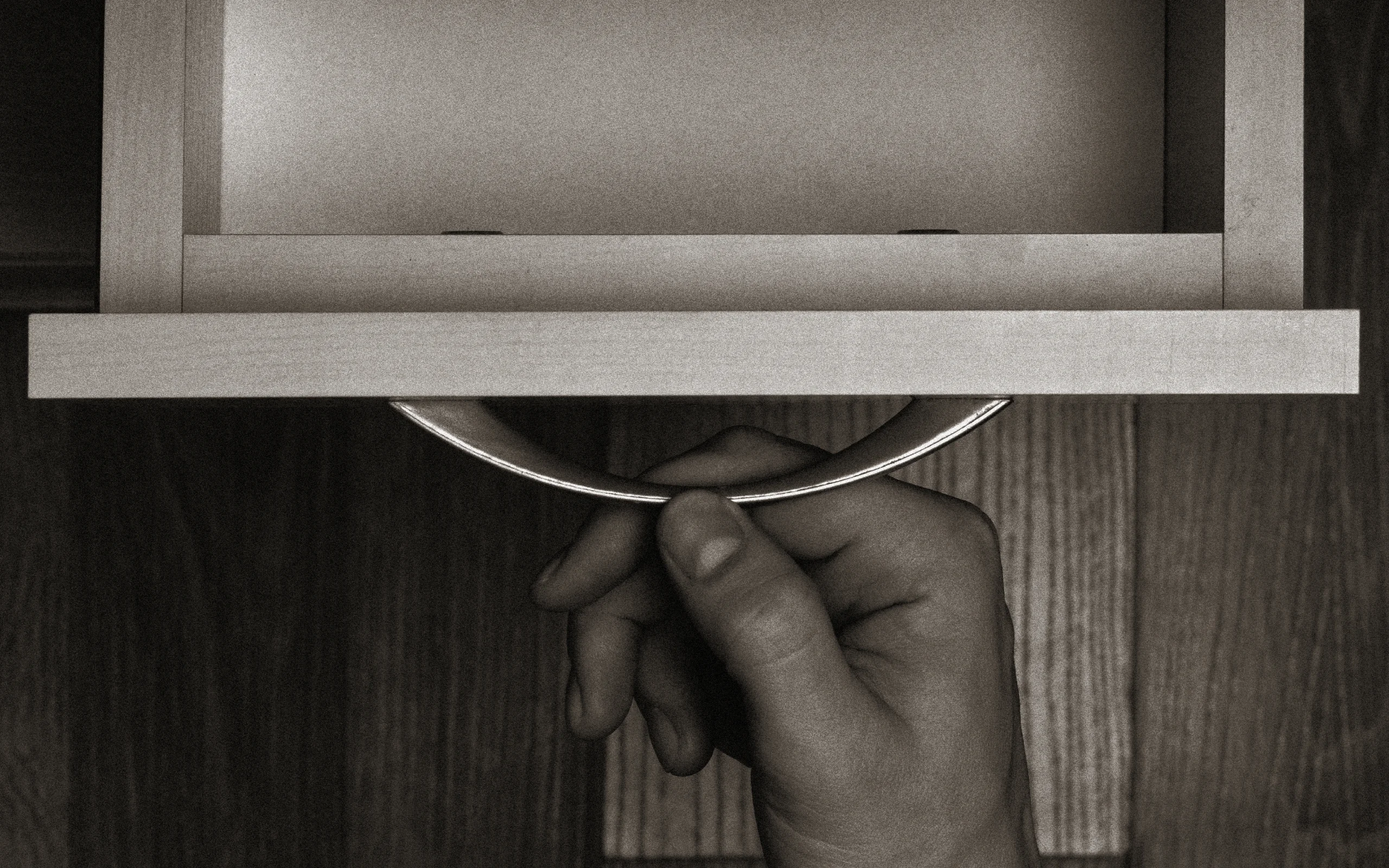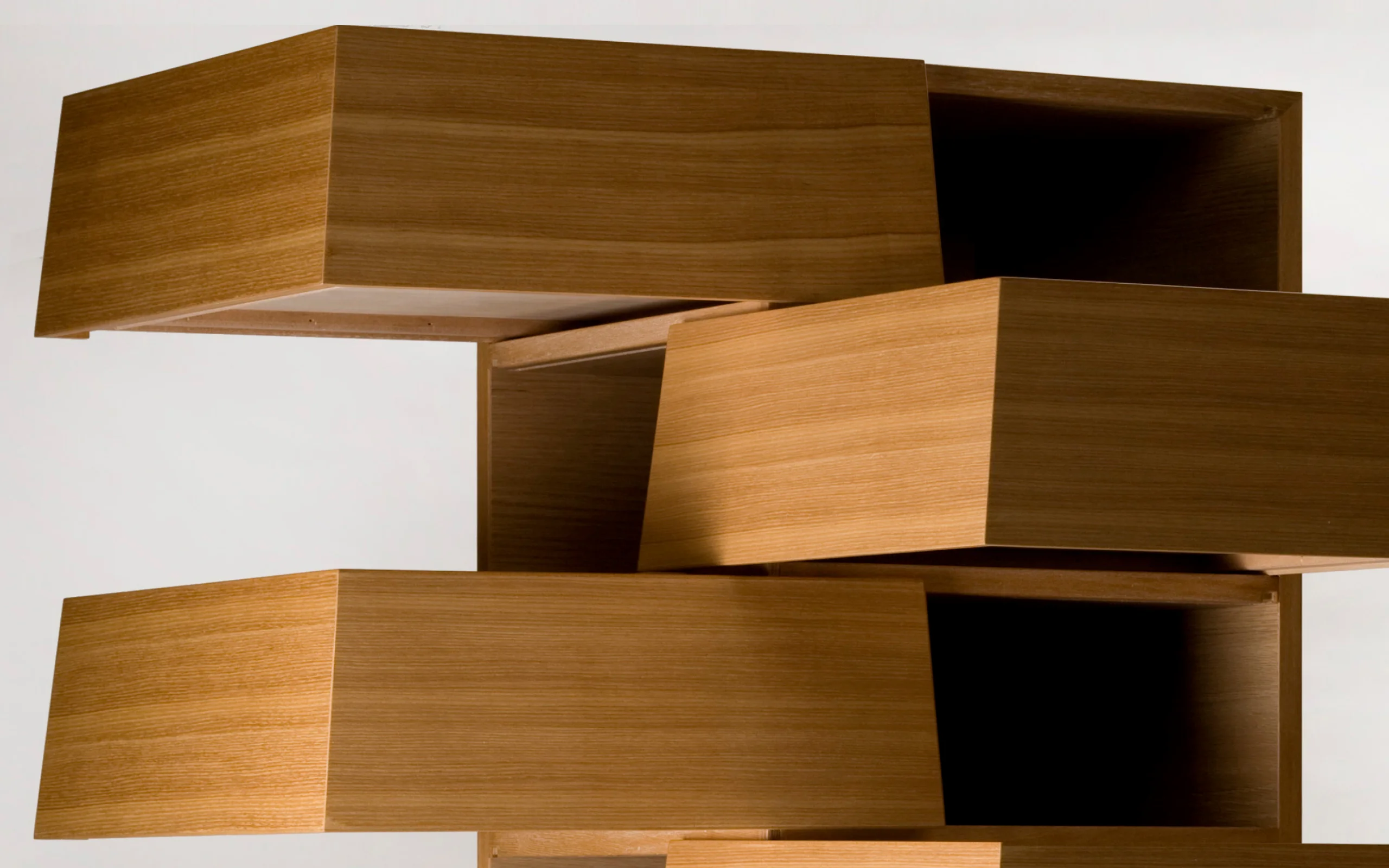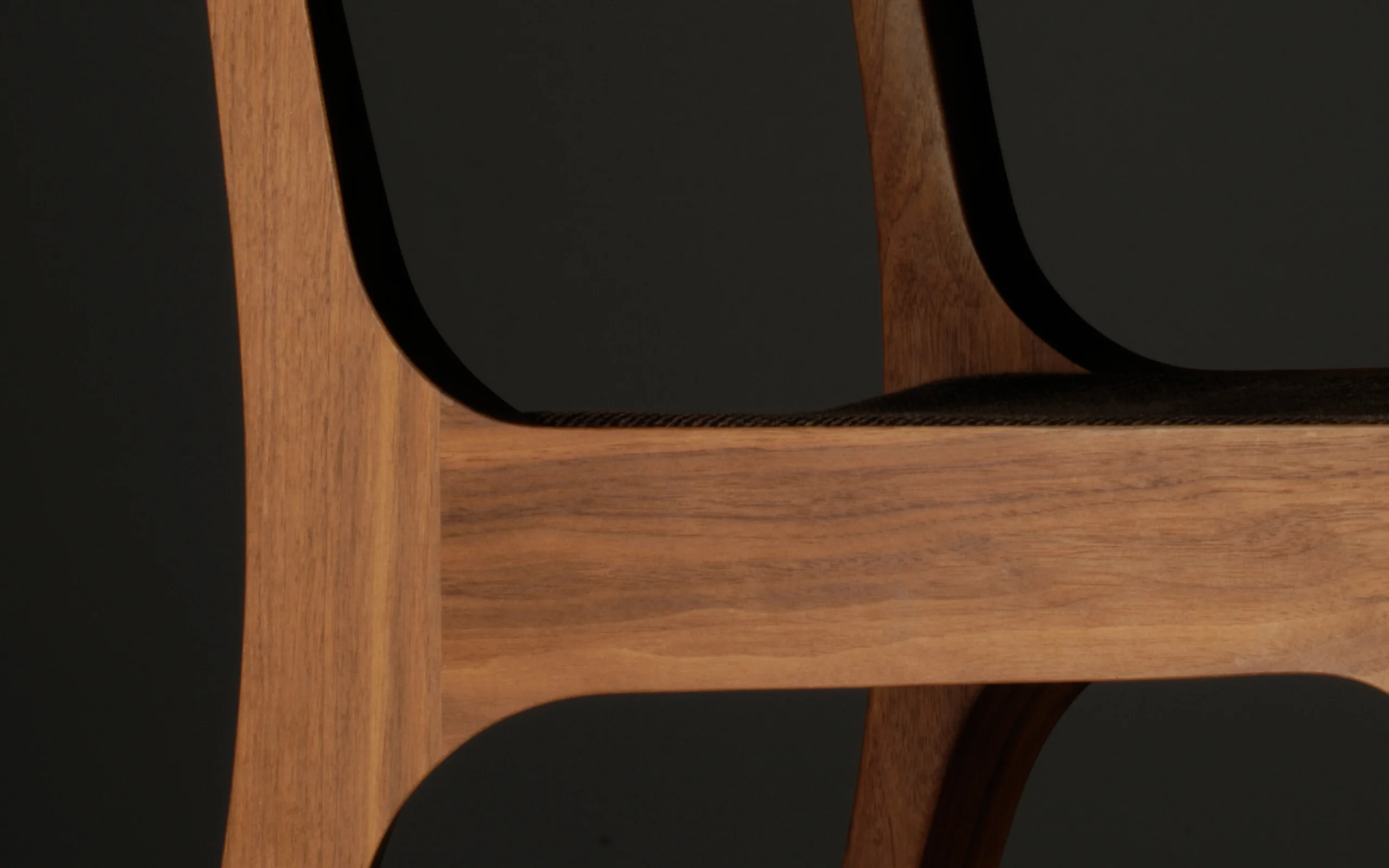
PROJECT
an chair
動物の形を模倣した、シンプルで機能的な椅子のデザイン。
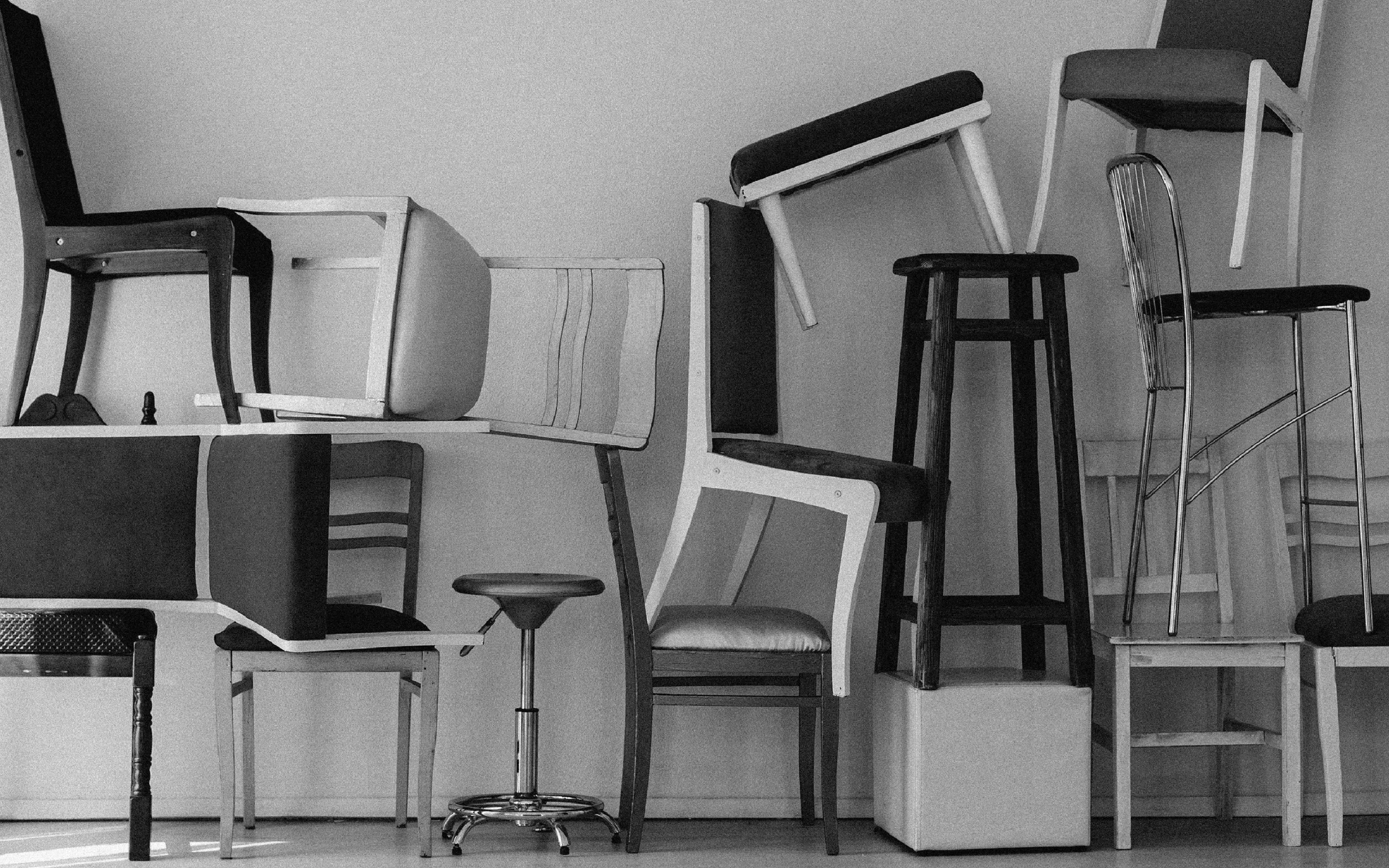
WHY
椅子の原型的な
形とは何か。
江戸時代の阿波藩の水軍を支えた船大工の技術が伝承されている徳島県は、明治から昭和にかけて、タンスや鏡台、仏壇を中心とした箱物家具の一大産地として発展しました。しかし、この40年の間に生産額が1/5にまで減少している日本の伝統産業の例に漏れず、ライフスタイルの変化や廉価な海外製品の台頭とともに徳島の木工業は年々衰退し、日本有数の箱物家具の産地は窮地に追い込まれていました。廃業する木工業者が後を絶たない状況の中、高い技術力を持つ徳島の木工職人に新たな手仕事の機会をつくり、産業を復興させるために、デザインには何ができるのでしょうか。
伝統的工芸品産業の生産額等の推移。
HOW
愛着をカタチにした、
動物のような椅子。
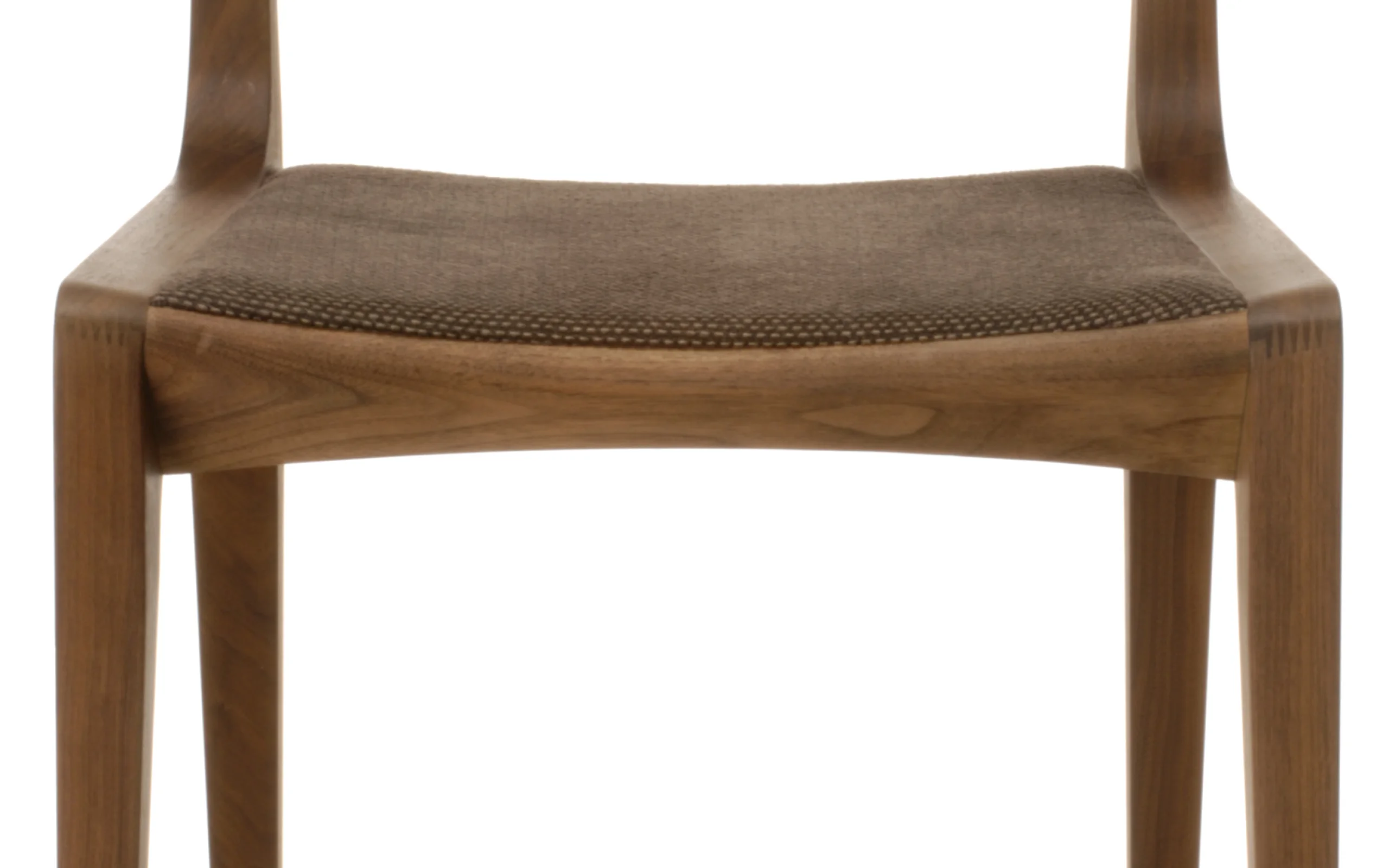
徳島県の「宮崎椅子製作所」とともに、動物のようなシルエットをした椅子「an chair」を製作しました。徳島の高い木工技術を活かし、数々の椅子を世に送り出してきた同社とともに椅子をデザインするにあたり、これまでに人間が、単なる暮らしの道具を超えた愛着を寄せてきた椅子とは何か? という根源的な問いについて考えることからスタートしました。そして、プロダクトデザインの世界で名作とされてきた数々の椅子はみな、動物のように生き生きとしているということがわかってきました。そこで、動物のような椅子をデザインすることをテーマに、全体のシルエットから重心のバランスまであらゆる面において四足歩行の動物を意識することで、優れた造形性や機能性を獲得することに加え、目には見えない「愛着」を表現することを目指しました。
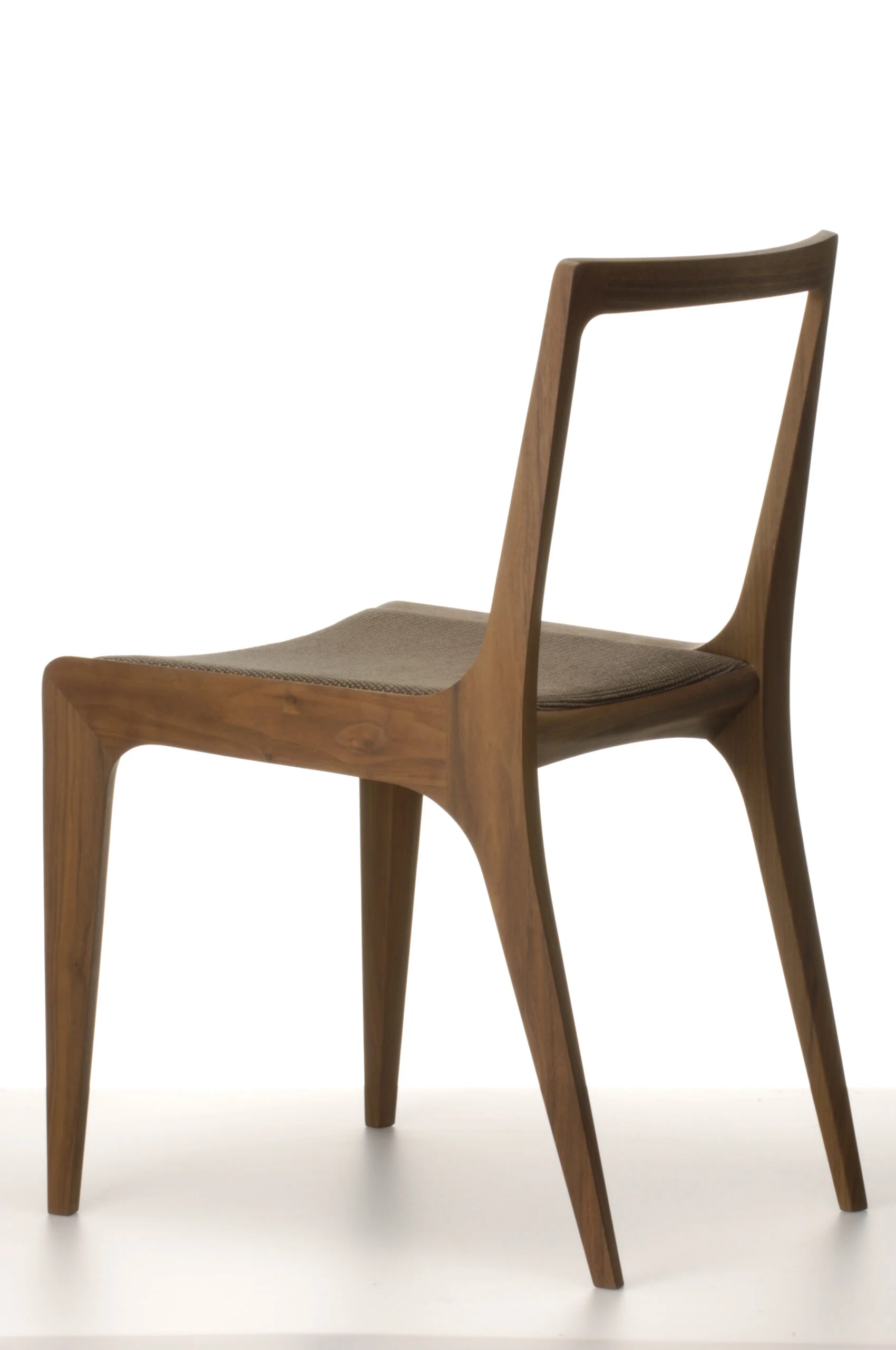
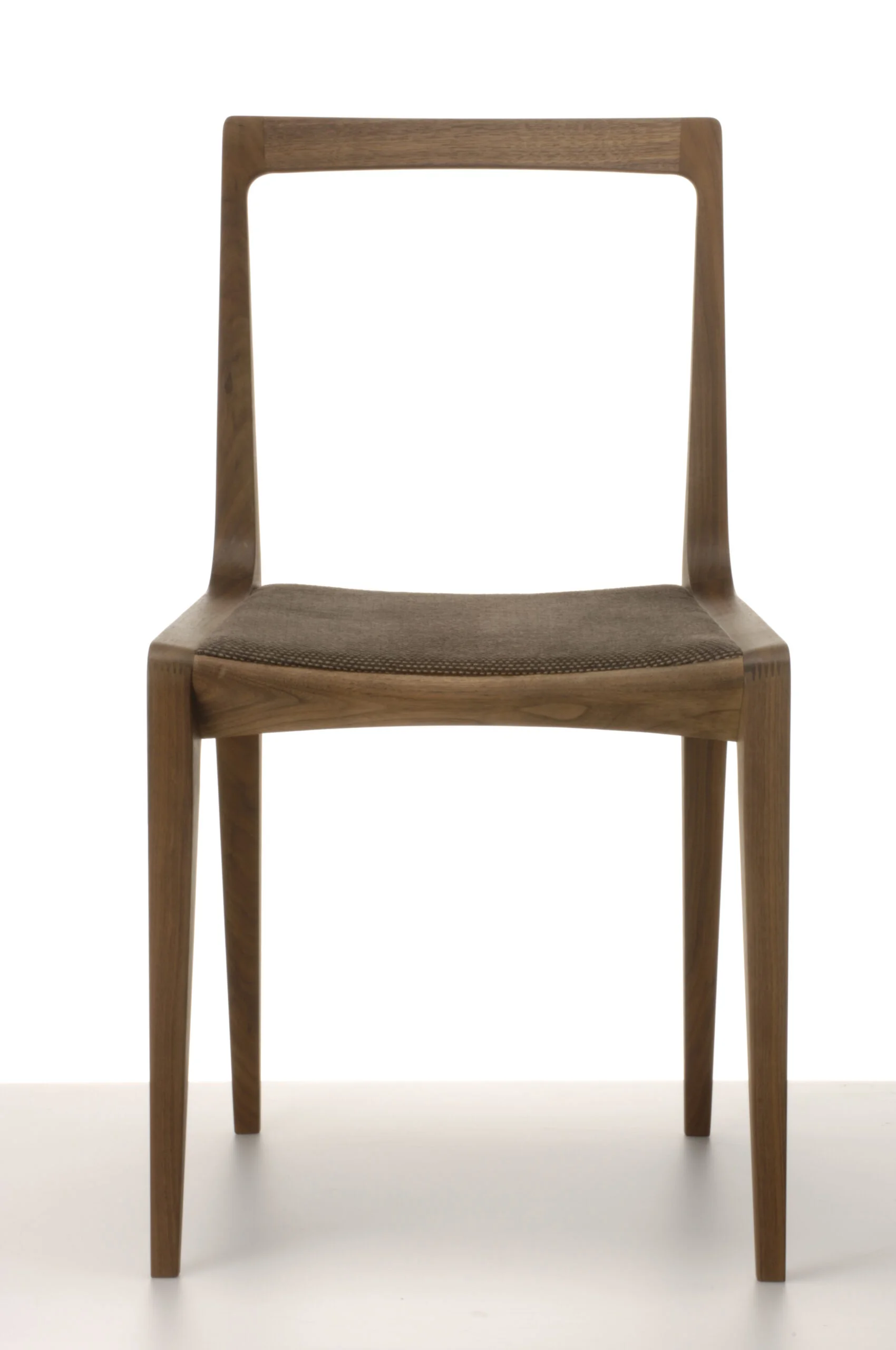
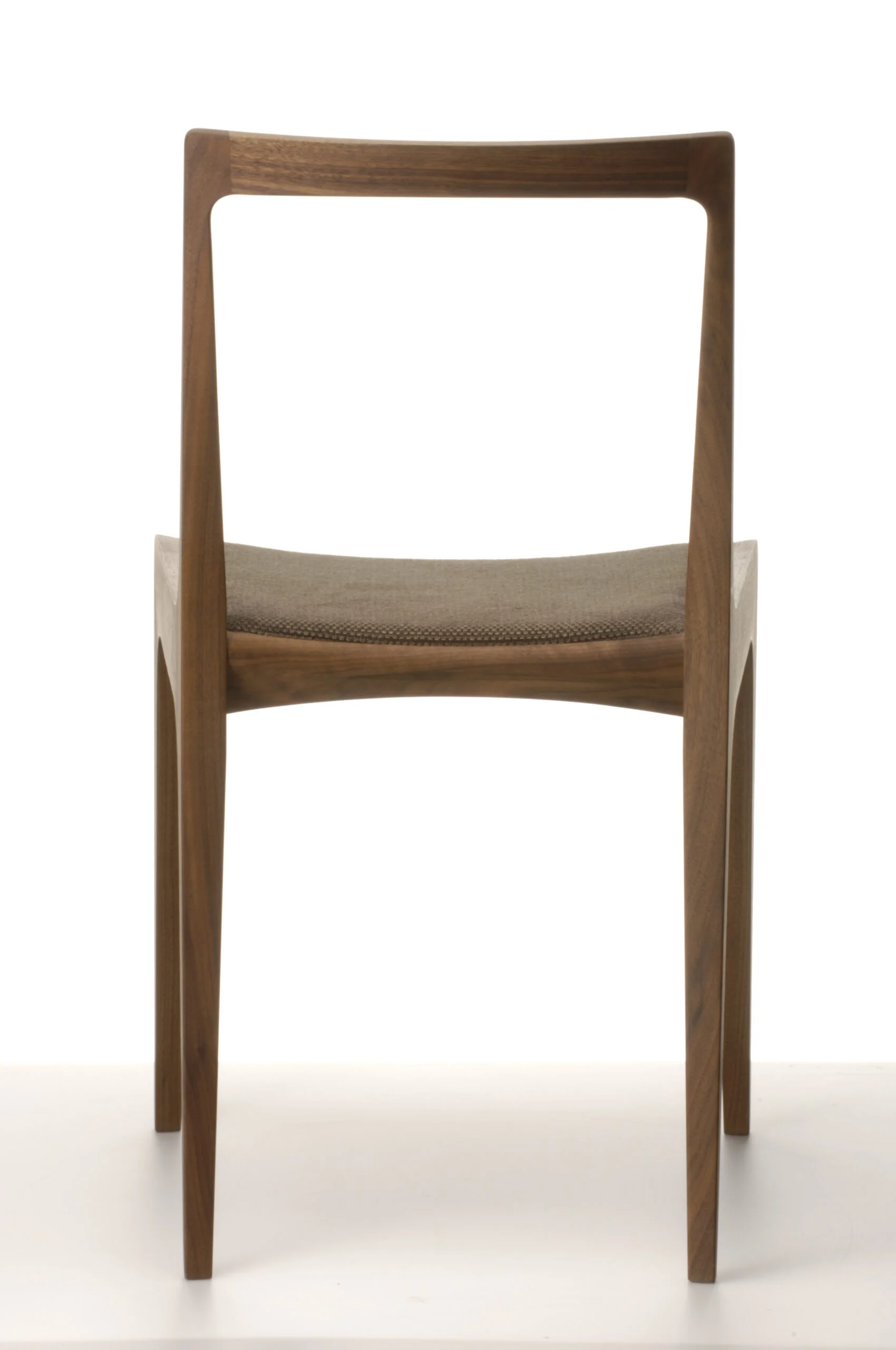

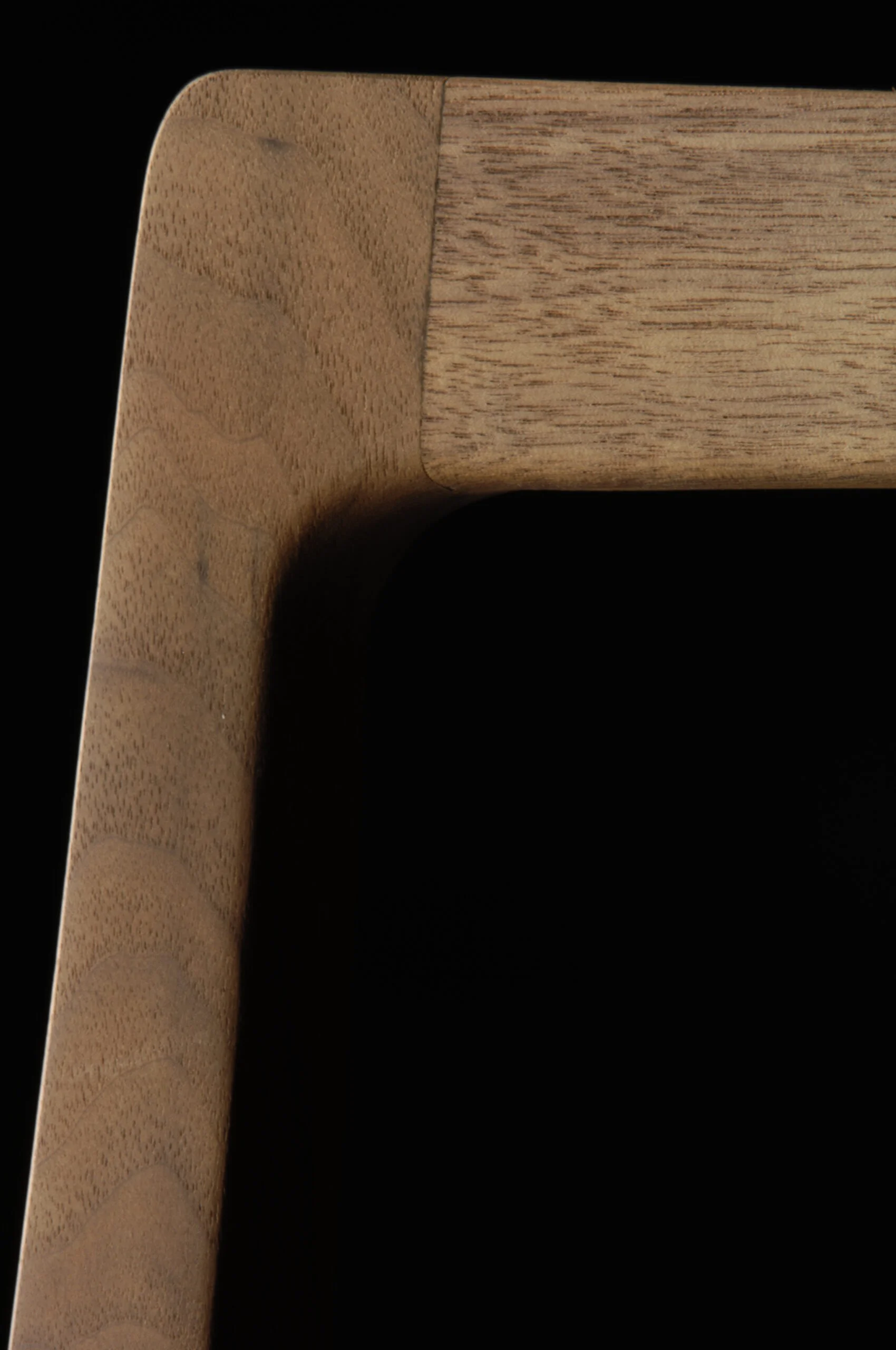
WILL
デザインは高く評価されたが、
本来の目的はその先に。
NOSIGNERとして初めてデザインした椅子「an chair」のプロトタイプは高く評価され、数量限定で販売もされることとなりました。しかし、危機的な状況にある産地には、ひとつのプロダクトをデザインするだけでは到底太刀打ちできないほど強い逆風が吹いていることを改めて実感しました。私たちの目的は、そのデザインが高く評価されることではなく、ブランディングやコミュニケーション戦略などを通じて新たな市場やムーブメント、関係性をつくり、少しでも多くの職人や産地を救うことです。SUMIのデザインがきっかけとなり、徳島県の伝統産業プロデューサーに就任したNOSIGNER太刀川が、2007年から2009年までに手がけた一連のプロジェクトは、その後の私たちのミッションを決定づける重要な経験となりました。
INFORMATION
- What
- an chair
- When
- 2007
- Where
- Tokushima, Japan
- Scope
- Product design
CREDIT
- Product Design
- NOSIGNER (Eisuke Tachikawa)
- Photograph
- Masaharu Hatta
